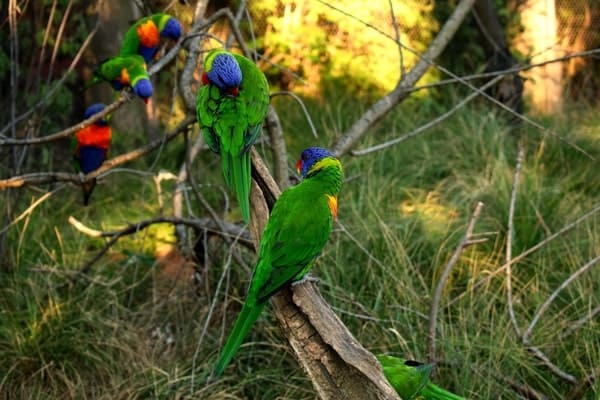The Rhinoceros: Guardians of the Grasslands
Rhinoceroses, or rhinos, are among the largest and most powerful land mammals, known for their thick skin and prominent horns. These ancient animals have roamed the Earth for over 50 million years, but today they face an uncertain future due to poaching and habitat loss. There are five species of rhinos: the white rhino, black rhino, Indian rhino, Javan rhino, and Sumatran rhino, with several of these species critically endangered.
Rhinos are herbivores, spending much of their day grazing on grasses, leaves, and shoots. Despite their large size, which can exceed 6,000 pounds in the case of white rhinos, these animals are surprisingly agile and can reach speeds of up to 30 miles per hour when threatened. Their thick skin, which can be over an inch thick, acts as armor, providing protection from predators and environmental elements.
The most distinctive feature of a rhinoceros is its horn, which is made of keratin—the same material as human hair and nails. Rhino horns are highly sought after in the illegal wildlife trade, particularly in some cultures where they are used in traditional medicine, even though there is no scientific evidence of any medicinal properties. This demand has led to a sharp increase in poaching, pushing several rhino species to the brink of extinction.
Rhinos are also important ecosystem engineers. As they graze, they help shape the landscape, promoting the growth of grasses and creating habitats for smaller animals. Their presence supports biodiversity in the ecosystems they inhabit, making them crucial to the health of grasslands and savannas.
Conservation efforts to protect rhinos are extensive, including anti-poaching patrols, relocation programs, and breeding initiatives in captivity. One of the most successful conservation stories is that of the southern white rhino, whose population was brought back from the edge of extinction. However, other species, such as the Javan and Sumatran rhinos, remain critically endangered, with only a few individuals left in the wild.
The battle to save rhinos is ongoing, and their future depends on continued international cooperation and support for conservation programs. Protecting rhinos is not only about saving a species but also about preserving the ecosystems they help maintain.

